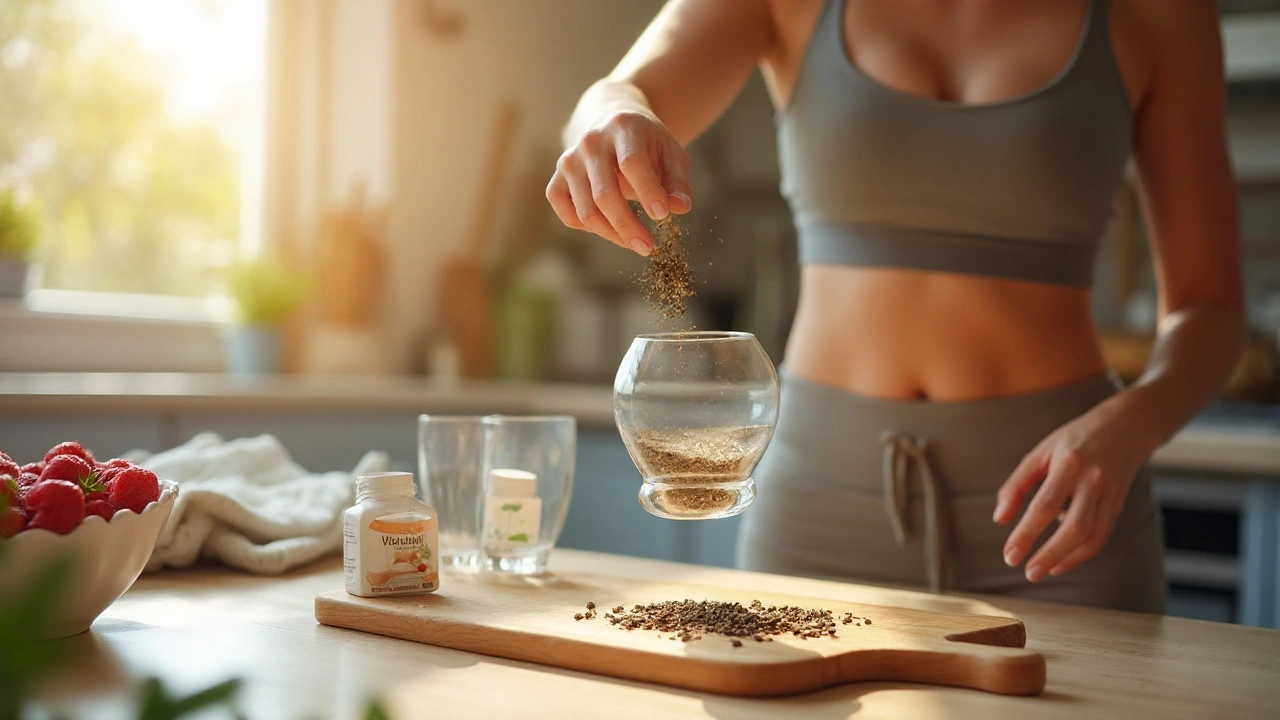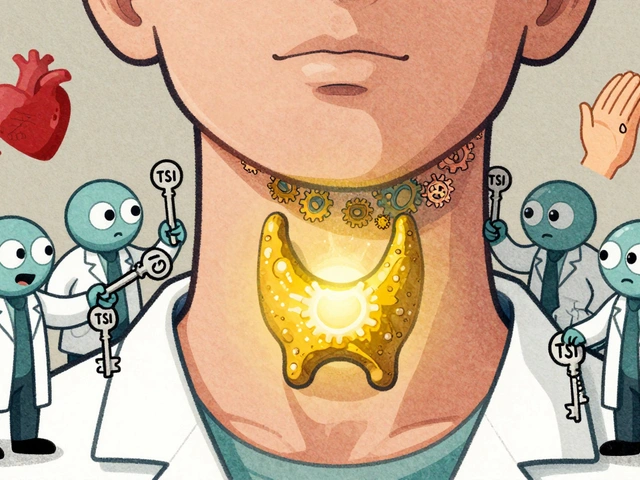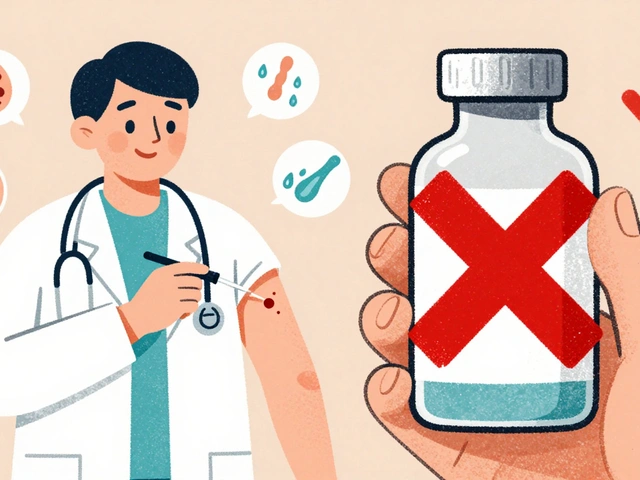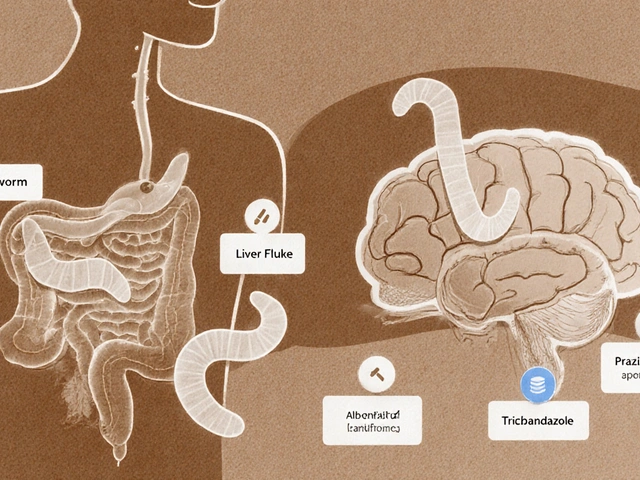Polyphenol Benefits: Simple Ways These Plant Compounds Help You
If you’ve heard the term “polyphenol” and wondered if it’s just another science buzzword, you’re not alone. In reality, polyphenols are natural chemicals that plants make to protect themselves, and they end up doing a lot for us too. Below you’ll find straight‑forward facts you can use right away, no PhD required.
What Polyphenols Are
Think of polyphenols as the plant’s version of sunscreen and antibiotics rolled into one. They give berries their deep color, make tea taste a little bitter, and help trees resist pests. When you eat or drink foods rich in polyphenols, your body absorbs these compounds and uses them as antioxidants – tiny defenders that neutralize harmful molecules called free radicals.
There isn’t just one polyphenol; there are dozens, grouped into families like flavonoids, phenolic acids, stilbenes, and lignans. Each family shows up in different foods, so the more colorful your plate, the broader the polyphenol mix you’ll get.
Top Health Benefits
1. Antioxidant protection. Free radicals can damage cells and speed up aging. Polyphenols mop them up, lowering oxidative stress. This translates into better skin, less inflammation, and a lower risk of chronic diseases.
2. Heart health. Studies show that people who eat polyphenol‑rich foods often have lower blood pressure and better cholesterol profiles. The compounds help blood vessels stay flexible and reduce plaque buildup.
3. Blood‑sugar balance. Certain flavonoids improve insulin sensitivity, meaning your body uses glucose more efficiently. That can help prevent spikes after meals and support long‑term diabetes management.
4. Brain boost. Polyphenols cross the blood‑brain barrier and may protect neurons from damage. Regular intake is linked to sharper memory and a slower decline in cognitive function as you age.
5. Gut health. Many polyphenols act as pre‑biotics, feeding good bacteria in your gut. A healthier microbiome improves digestion, immunity, and even mood.
All these benefits stack up, but you don’t need a special supplement to get them. Whole foods deliver a balanced blend that works better than an isolated pill.
Here’s a quick cheat sheet of everyday foods loaded with polyphenols:
- Berries – blueberries, strawberries, raspberries
- Tea – green, black, oolong
- Dark chocolate – at least 70% cocoa
- Red wine – enjoy in moderation
- Nuts – almonds, walnuts
- Olive oil – extra‑virgin is best
- Spices – cinnamon, turmeric, cloves
Mixing these into your daily meals is easy. Toss a handful of berries on breakfast oatmeal, sip green tea instead of coffee, add a drizzle of olive oil to salads, and finish dinner with a square of dark chocolate.
One practical tip: aim for a rainbow on your plate. The more colors you see, the more likely you are to cover multiple polyphenol families. This simple visual cue makes it easy to stay consistent without counting nutrients.
Remember, polyphenols work best when you pair them with a balanced diet and regular activity. They’re a boost, not a cure‑all. Use them as part of a wholesome lifestyle and you’ll notice more energy, steadier mood, and fewer aches.
Bottom line: polyphenols are cheap, tasty, and backed by solid research. Add a few colorful foods each day, and let nature do the hard work of keeping you healthier.










